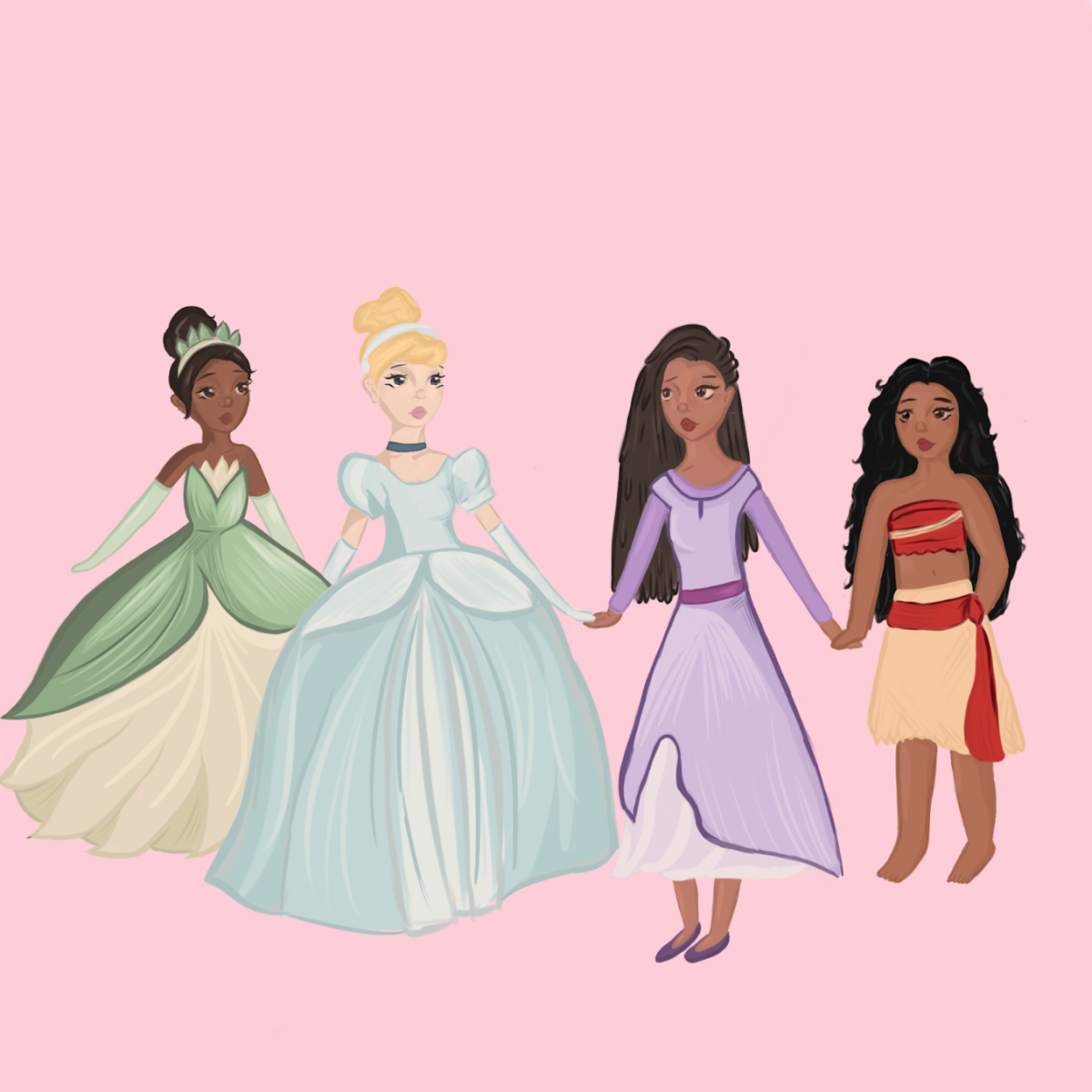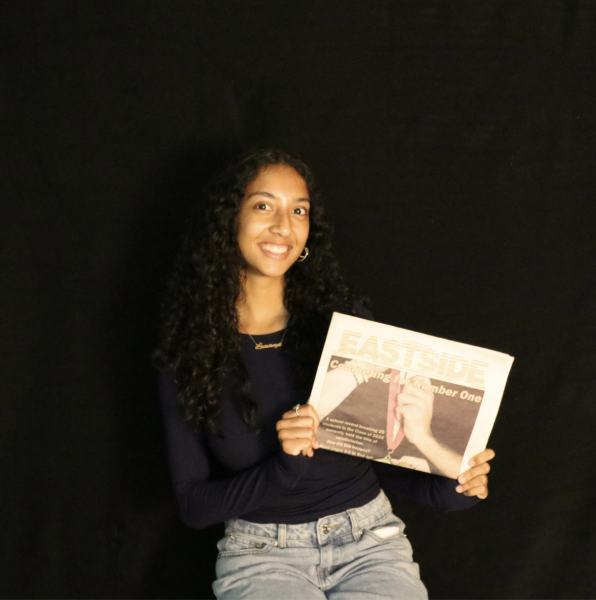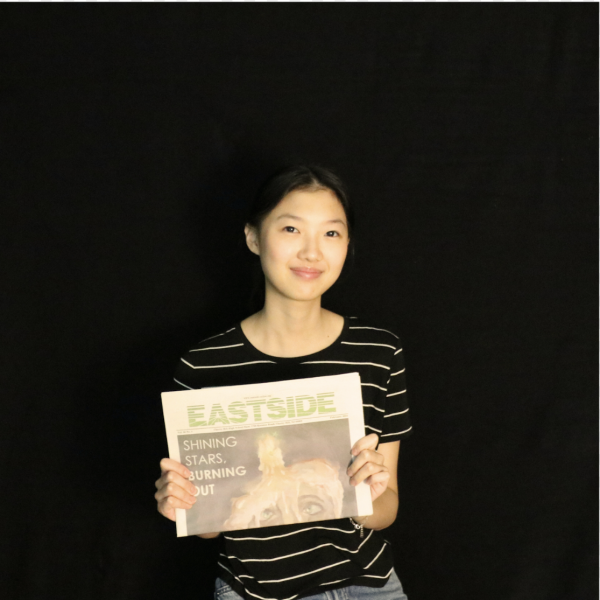Once upon a time, a princess was defined as the daughter of a monarch. Over time, Walt Disney Studios has transformed this definition into the “perfect” figure for young kids to admire. As the world continues to evolve and new social movements arise, is the term “princess” outdated?
Many of Disney’s films follow a plot where a princess is targeted by a villain, she makes friends with animals, people or even inanimate objects, and in the end she finds true love.
In films following the release of “Snow White and the Seven Dwarfs,” Disney continued to follow that exact structure, until the 2000s, when Disney began to change its approach to princess films.
On February 4, 1937, “Snow White and the Seven Dwarfs” was released, and history was made. Snow White was the first princess made into a movie by Disney. The story follows the royal orphan Snow White as she deals with the evil queen, makes seven new friends and finds true love. One of her most notable songs in the film is “Someday My Prince Will Come.”
Coming after “Snow White and the Seven Dwarfs,” “Cinderella” was released in 1950. The movie follows Cinderella, a girl who is friends with mice, has an evil stepmother and eventually finds love with the help of her fairy godmother. In the films following the release of “Snow White and the Seven Dwarfs,” Disney continued to follow that structure, creating a gentle, subservient image of the woman.
As the decades progressed, Disney movies were made with the same structure; however, they began adding more feminist takes on it. In many of such films, the female protagonist fought alongside her male love interest, defying the norms of what the society they were placed in expected of them. “Aladdin” is one example of this, where Jasmine fights the villain, Jafar, and contributes to Aladdin’s eventual victory over him.
Disney slowly began to show that the term “princess” does not only mean a member of a royal family, but instead a symbol of powerful women. Disney princess films soon began to popularize the idea of being a princess, serving as role models for young girls that they too could be fighters and whoever they dream to be.
In recent years, Disney has created more princess movies that counter the standard structure of a princess’s life, instead focusing on a story filled with female empowerment. The princess’s purpose as a character of the story is no longer merely to find love, but instead a journey of personal growth, development and fighting against the status quo. Merida, from “Brave,” is one of the earliest examples of a princess not finding love at the end of the movie. Instead, she is a brave archer who fights to break a curse. Further corroborating this point, in the hit 2016 movie “Moana,” Moana is a strong and independent girl who fights alongside Maui to save her island. Similar to Merida’s journey, Moana finds love within her family, rather than in a man.
Disney also has begun to reinvent its classics as live action films, starting with “Cinderella” in 2015. Since then, Disney has created four more adaptations, with one more on the way. The majority of them follow the same storyline as the original; however, one of them was subjected to a change in plot.
“Mulan,” released in 1998, takes the Chinese folk tale of “Hua Mulan” and creates a story of a girl in China who battles gender stereotypes and goes to war, ultimately finding true love in the end. Not only does she fight in a war for her father, but she also fights to prove to herself that she can be more than what society expects from her. Disney released a live action version of “Mulan” in 2020, with some changes to the original. Mulan is still a girl who fights for her country; however, her love interest is taken out, which received criticism from both the fans and critics.
An adaptation of “Snow White and the Seven Dwarfs” is set to come out in 2025, starring Rachel Zegler as the title character; however, fans of both Disney and the original film have criticized Disney’s rumored take on the live action. Zegler said in an interview that Snow White “is not going to be saved by the prince and she is not going to be dreaming of true love.”
Many people are upset that Disney is questioning traditional movies because they feel that the live action should stay true to the original movie’s plot.
Even though Disney has made efforts to promote more feminist ideals through the new adaptation of “Snow White and the Seven Dwarfs,” many fans are concerned about Zegler’s comments about the new movie. Numerous fans have voiced their dislike of the idea that Snow White will not be saved by the prince, ultimately taking away the main plot of the original 1937 movie.
Jessica Lazaroiu (‘25), president of the EmpowHER club, a club designed to educate students on important feminists and feminist movements in history at East, had a neutral opinion on Zegler’s take and the fan criticism, saying how she could see the argument going both ways. She expressed her thoughts that Disney should keep the classics the same and create a new storyline with the concept of the woman saving herself.
Teenagers today continue to feel the impact princesses had on their childhoods. Lazaroiu, Roberta Dapi (‘25), Anna Groff (‘25) and Ciara Robinson (‘24), all board members of EmpowHER, agreed that princesses had a major influence as they grew up. Dapi said in regards to princess films, “When I was younger, that was all I would watch.”
Lazaroiu respects Disney’s growth in feminism, saying, “There’s a lot of independence and the female role has their own journey and does not depend on a man to achieve their goals.”
In today’s society where women’s rights are more widely advocated for, young kids continue to admire the idealized, traditional image of a princess. Mrs. Auerbach and Mrs. Cruise took a survey in their first grade classrooms at Rice Elementary to determine students’ favorite princesses. Each student was allowed to vote for only one princess. Out of 28 students, five said Cinderella and Ariel, four said Rapunzel and Snow White, three said Elsa, two said Aurora, two said Jasmine and one person answered Mulan, Moana and Belle. These results show how young kids still admire the idea of a princess because all of the princesses voted on, except Elsa and Moana, found love at the end of the movie. The stereotypical idea of a princess may impact young kids no matter what Disney may add to their modern movies.
Throughout history, Disney has tried to make its movies fit the norms of society at that time. In earlier Disney films, many princesses had a plot solely on finding true love. As more princess movies continue to come out, Disney strives to empower young women. However, in their focus on the idea of female empowerment, the idea of true love is lost in film.
Will the idea of a princess be happily ever after or will it be the end?




